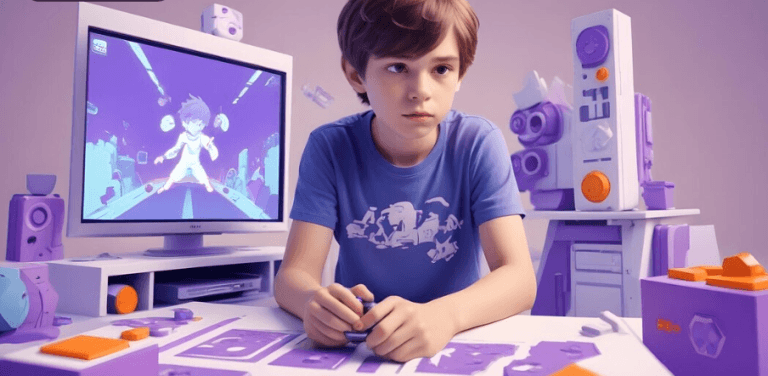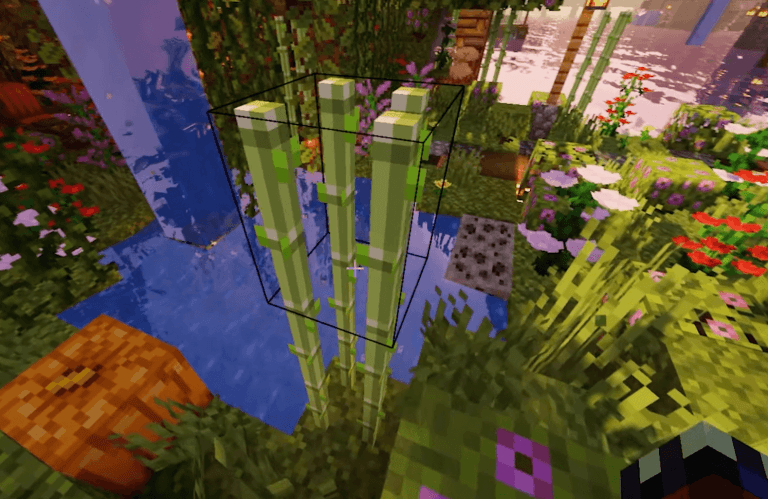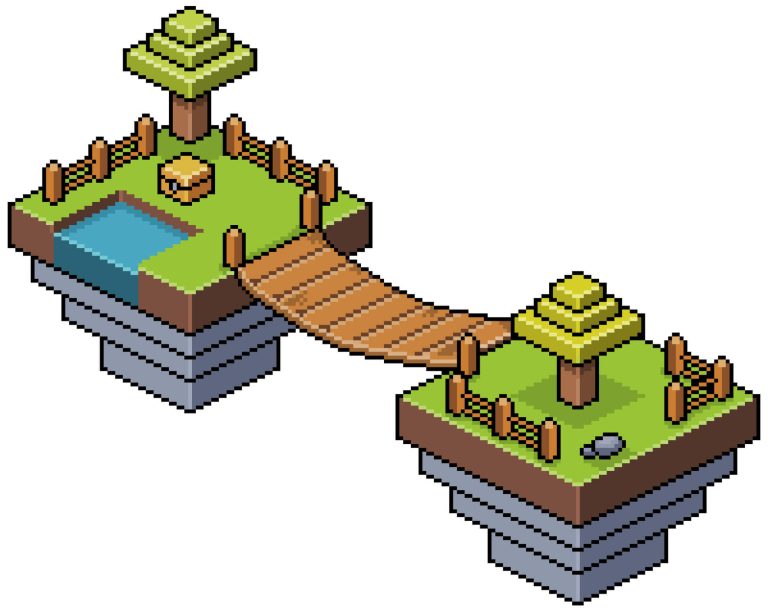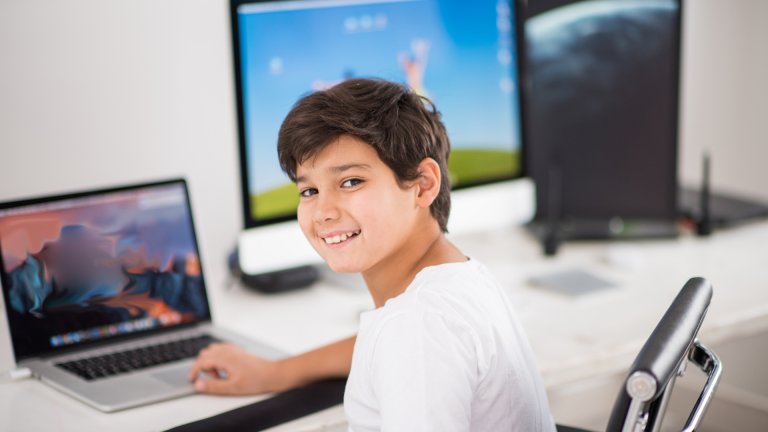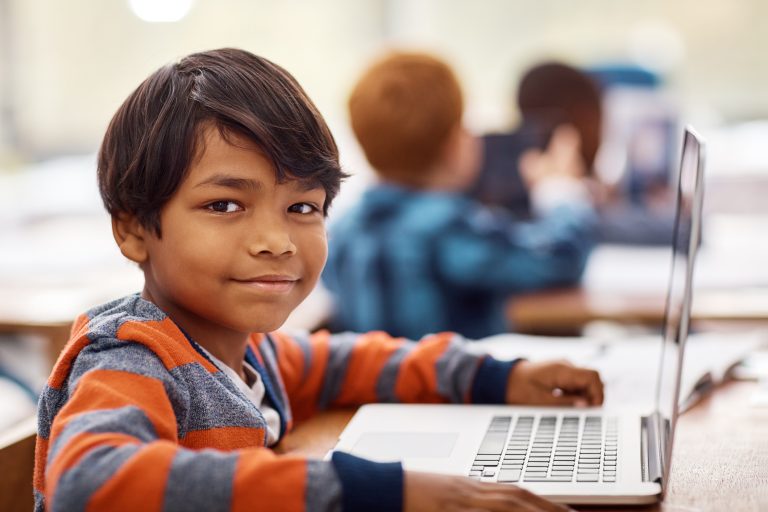Video gaming has been seen by some detractors as a passive, mind-numbing activity that has an adverse effect on children’s social development. In fact, research indicates the exact opposite.
There are a number of benefits to playing video games, including cognitive development, motor skill development, and creative problem solving. In particular, games like Minecraft have been shown to affect cognitive skills in a variety of positive ways, and is now being used in schools across the globe for its surprising educational benefits.
As a kids coding academy, we use the game to teach Minecraft Modding and Java programming. As you’ll see below, this is one of many educational applications.
With this infographic, we explore 12 Surprising Things Your Child Can Learn From Minecraft, and in doing so, unlock some of the most important reasons why the game is considered the greatest educational game of its generation.
Please include attribution to codakid.com with this graphic.

Links for 12 Surprising Things that Your Child Can Learn from Minecraft
1. Coding for kids: CodaKid’s Mod Creation teaches kids Java programming while they create amazing custom mods for Minecraft.
2. Chemistry: Minecraft provides students with a wonderful way to explore architecture, landscapes, and caves. Why not molecules say the creators of Molcraft?
3. Alien Exploration: Students have completed a long, perilous journey through space to colonize an alien world and must manage resource in order to survive.
4. Quantum Physics: qCraft is a fascinating Minecraft mod that introduces learners to principles of quantum physics.
5. Architecture: ArchitectureCraft (formerly known as Greg’s mod), provides blocks for creating various architectural features that are difficult or even impossible in Minecraft. The mod includes blocks for building sloping roofs, pillars, rounded corners, and framed windows.
6. Electrical Circuitry Electrical Age (codename ELN) is a Minecraft mod offering the ability to perform large-scale in-game electrical simulations.
7. Fine Arts: Tate Worlds delve into imaginary worlds inspired by famous paintings and the real-life places they depict – all from the Tate collection of fine arts. Awesomeness.
8. Physics: Learners can witness an amazing Rube Goldberg machine set in the Minecraft universe. Or they can follow an in-depth tutorial from MinecraftWiki that can help them build one themselves!
9. Digital Citizenship: In multiplayer Minecraft maps, students learn digital citizenship and cooperation. MinecraftEDU is taking digital citizenship to another level and teachers are often facilitators.
10. Deforestation: Students will design and build Minecraft worlds that demonstrate the before and after effects of deforestation. Students will then make predictions for the next 5-10 years in that same area based on data.
11. 3D Modeling: Techne is an open source 3D modeling software that can be exported to Minecraft’s Java source code. CodaKid teaches a Modding with Enemies class that teaches students how to create custom mobs, give them special powers, and then add them to the game.
12. History: A vast, virtual environment that simulates ancient historical sites throughout the world, including ancient India, China, Mesopotamia, Rome, and more. Important note: World of Humanities will NOT work with the new Microsoft Education Edition of Minecraft.
Are there any other academic concepts or learning lessons that kids can learn from playing Minecraft? Please leave us a comment and let us know!







